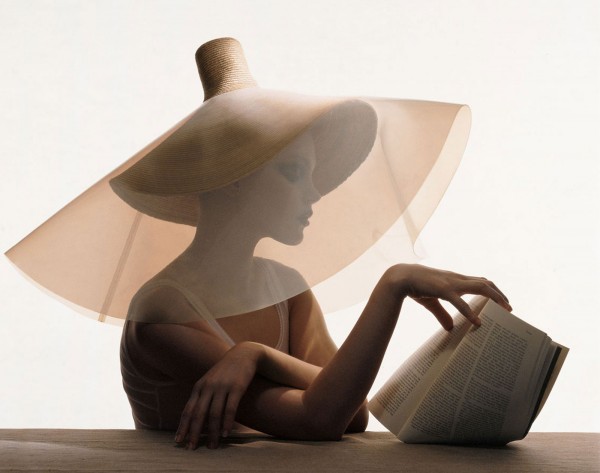The MOMA exhibition will try to define the clothes that have defined us and is set to open in December of 2017.
At the end of 2017 MoMA will open an exhibition titled Items: Is Fashion Modern? As a way of announcing the preliminary scope and research of this exhibition, and to begin dialogue around some of the works that will become part of a larger exhibition checklist, we will hold a launch event in May 2016.
Items will consist of a selection of 99 garments and accessories that have had a strong impact on history and society in the 20th and 21st centuries, and that continue to hold currency today. Designs as well known, transformative, and coveted as Levi’s 501s, the Casio watch, and the Little Black Dress, and as ancient and culturally charged as the kippah and the keffiyeh, allow us to explore multivalent issues that these items have contributed to, produced, and shaped over many decades. By treating each as a focused lens, the exhibition will consider the ways in which items are designed, manufactured, and distributed, and will ponder the relationships between clothing and functionality, cultural etiquettes, aesthetics, politics, labor, economy, and technology.
Each of the 99 items will be explored along three tiers: archetype, stereotype, and prototype. In the exhibition, each item will be presented in the incarnation that made it significant in the last 100 (or so) years—the stereotype—accompanied by contextual material (documentary, scholarly, aesthetic, or personal histories of clothing) that trace back to the historical archetype. In some cases, the item will be complemented by a new commission—a prototype. For example, if Diane von Furstenberg’s 1974 wrap dress represents the stereotype of this design form in the 20th century, then Items will extrapolate backwards in time through examples such as Charles James’s 1932 Taxi Dress, all the way to the archetype of the kimono. If, in the course of exhibition research, a type emerged as ripe for a redesign or was identified as a potential vessel for technological, formal, economic, or social transformation, we have decided to commission a new prototype. Thus, within the exhibition, new generations of designers, artists, engineers, and manufacturers will be invited to respond to some of these “indispensable items” with pioneering materials, approaches, and design techniques—extending this conversation into the near and distant futures, and connecting the history of these garments with their present recombination and use.
Get more info on MoMA blog HERE.






